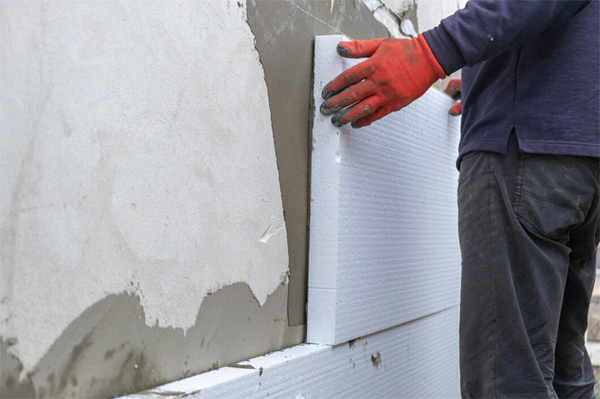Insulation work in projects refers to the process of installing materials designed to reduce heat transfer, control sound, prevent moisture buildup, and sometimes provide fire resistance within buildings or industrial installations. This work is crucial in construction, manufacturing, oil & gas, HVAC, and many other sectors to improve energy efficiency, safety, comfort, and durability of structures and equipment.


EIFS stands for Exterior Insulation and Finish System. It’s a type of building exterior wall cladding that provides insulation, weatherproofing, and an attractive finished surface all in one.
Energy Efficiency: The insulation layer improves thermal performance, helping reduce heating and cooling costs.
Lightweight: Easier to install compared to traditional masonry.
Versatility: Can be customized in various textures, colors, and styles.
Weather Resistance: When properly installed, it provides a continuous moisture barrier.
Durability: Resistant to cracking and impacts when reinforced correctly.
EIFS is especially popular in climates that benefit from added insulation and where design flexibility is important. However, proper installation is critical to avoid moisture problems.
